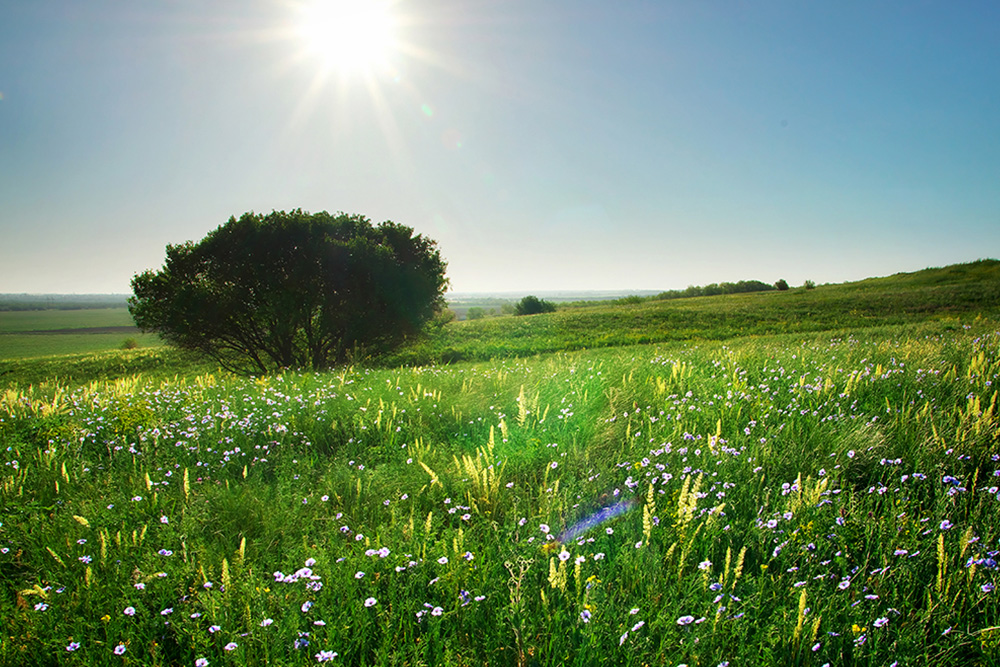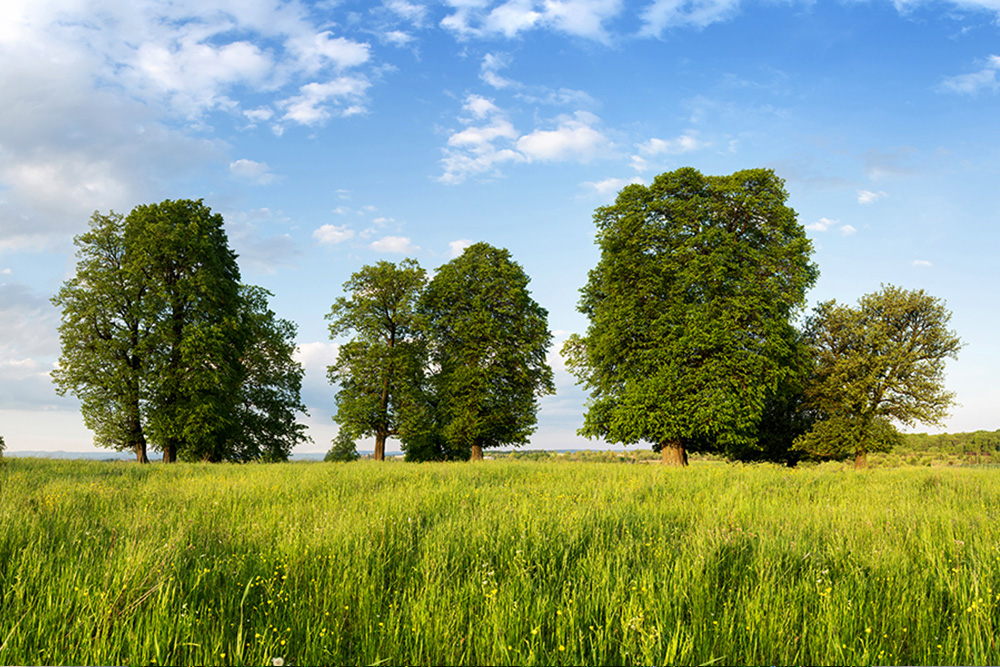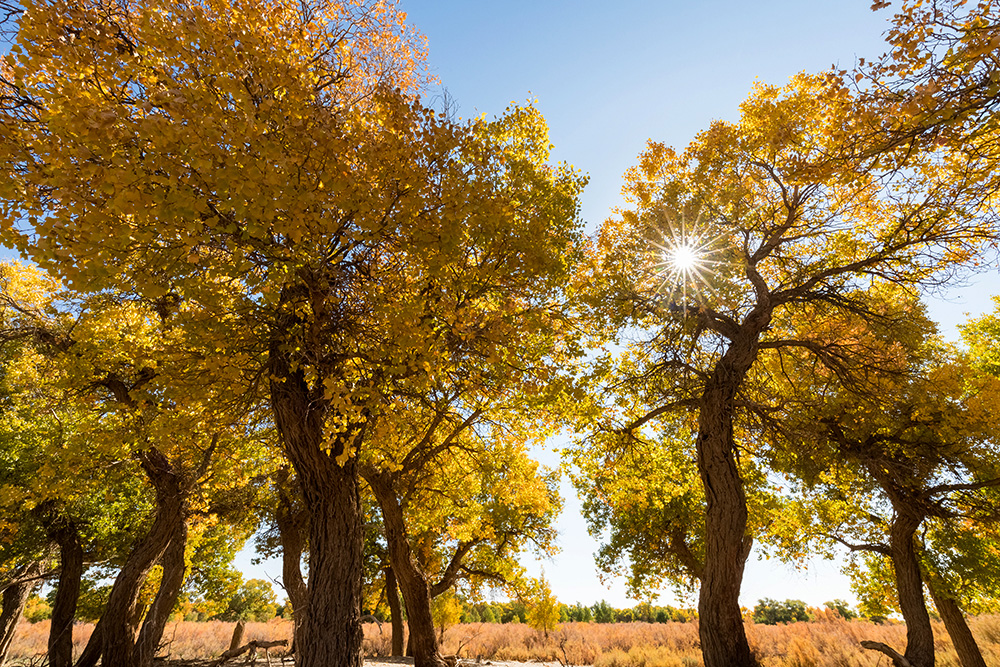Tree Education
Branch out your knowledge and get to the root of better tree care
Table of Contents
Tree Care Guide
Trees are essential to the health of our environment and the beauty of our landscapes. At Niwaki Tree and Shrub, we believe that well-informed tree care starts with education. Whether you’re a homeowner planting your first tree, a property manager maintaining a landscape, or a nature enthusiast curious about tree biology, this guide is for you.
Trees are more than just scenery — they’re living systems that respond to their environment, support ecosystems, and benefit our health. By learning how trees grow, function, and thrive, we make better choices for their care and preservation.
Types of Trees: Trees are generally classified into deciduous (shed leaves annually) and evergreen (retain foliage year-round). Each group includes species uniquely adapted to specific soil types, moisture levels, and sunlight.
How Trees Grow: Growth occurs both upward from the tips (shoots) and outward from the trunk (cambium layer). This allows trees to adapt to space, wind, and competition for light.
The Ecosystem Role: Trees provide oxygen, filter pollutants, store carbon, prevent erosion, and serve as habitat for wildlife.
Communication and Nutrient Sharing: Through their roots and fungal networks (mycorrhizae), trees exchange nutrients, support weaker neighbors, and respond to threats — a phenomenon scientists call the “wood wide web.”
Tree Care Essentials
Healthy trees begin with proper care. Here’s how to support long-term growth and prevent stress:
🌳 Watering: Young trees need deep, consistent watering, especially in the first 1–2 years. Mature trees typically rely on natural rainfall, but during droughts, supplemental watering can prevent decline.
🌳 Pruning: Best done in late winter or early spring, pruning improves structure, removes hazards, and encourages strong growth.
🌳 Fertilization: Not every tree needs fertilizer. A soil test can determine nutrient deficiencies. When needed, organic slow-release formulas are safest for long-term health.
🌳 Tree Selection: Choose species suited to your region’s soil, light conditions, and space. Native trees offer the best ecological benefits.
🌳 Weather Protection: Harsh weather can damage limbs or cause root stress. Mulching, strategic pruning, and protective wraps for young trunks can reduce risk.
Tree Health And Maintenance
Even the strongest trees can face challenges. Spotting issues early makes all the difference.
- How do I identify tree diseases?
Fungal infections (like anthracnose or root rot), bacterial issues (like fire blight), or viral pathogens can affect different tree parts. Watch for leaf spots, cankers, and sudden dieback. - What are common tree pests, and how do I manage them?
Insects like aphids, scale, and borers can damage trees if left unchecked. Integrated pest management (IPM) combines monitoring, natural predators, and targeted treatments. - What are signs that my tree is unhealthy?
Yellowing leaves, sparse canopies, dead branches, and unusual growths may signal trouble. - What are the most effective organic tree care methods?
Composting, beneficial insects, neem oil, and soil amendments support natural resilience. - How do I revive a dying tree?
Trees under stress may recover with corrective pruning, improved watering, and soil conditioning. Severe cases may require arborist intervention.
Seasonal Tree Care Guide

Spring

Summer

Fall

Winter
Tree Removal And Safety Considerations
Sometimes removal is the only option — especially when trees pose risks to people or property.
When to Remove: Signs include severe decay, large dead branches, root upheaval, or trunk damage.
DIY or Pro?: Tree removal is dangerous work. For large or near-structure trees, hire a certified arborist.
Post-Removal: Roots decay slowly. Stump grinding prevents tripping hazards and pest habitats.
Prevention: Plant the right tree in the right place and conduct regular health checks to avoid future hazards.
Sustainable Tree Practices
Caring for trees goes hand in hand with caring for the planet:
- What are the best tree planting techniques?
Plant for purpose – choose species that suit your location’s conditions and require minimal intervention. - How can I create a tree-friendly landscape?
Minimize lawn competition, use mulch, and avoid soil compaction. - What are the benefits of native trees?
Native species strengthen local ecosystems and often need less maintenance. - How do trees help reduce carbon emissions?
A single mature tree can absorb over 48 pounds of CO₂ annually. Strategic planting helps reduce energy use and cool urban spaces. - What are the best tree conservation efforts I can support?
Participate in local tree planting efforts and advocate for community canopy programs.
Expert Q&A & Resources
Need professional tree care? Get a free quote.
Contact Information
Office: 3317 Williamson Rd., Rock Hill, SC 29730
Phone: 803-366-3296, 704-980-9516
Email: niwaki.tree@gmail.com
We are open: Monday – Saturday 7 AM – 7 PM



